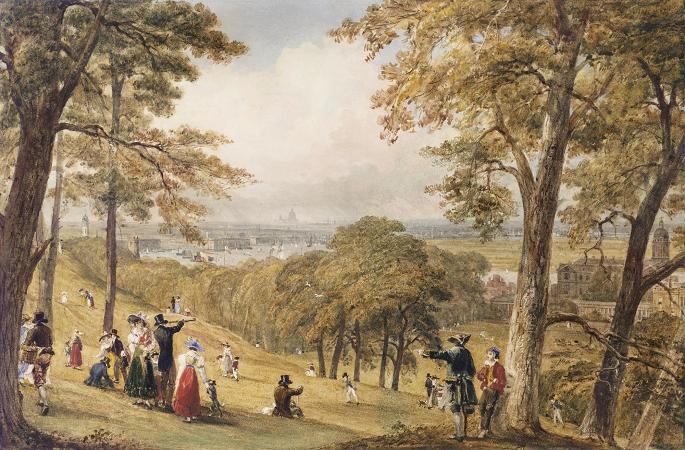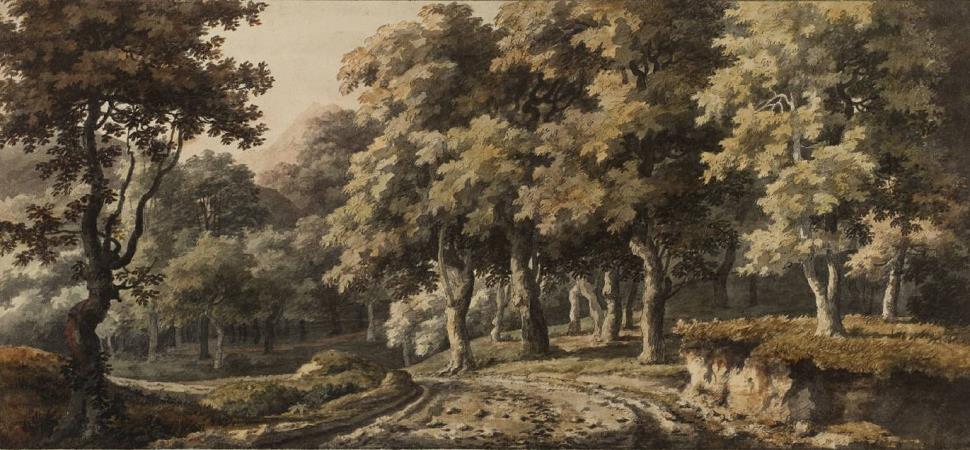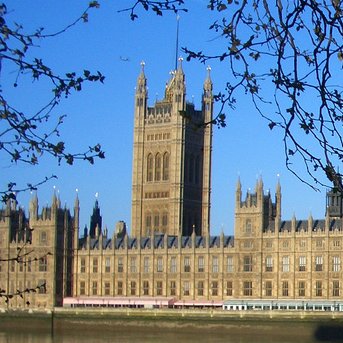Greenwich Park. Greenwich Park is a former hunting park in Greenwich and one of the largest single green spaces in south-east London. One of the Royal Parks of London, and the first to be enclosed, it covers 74 hectares, and is part of the Greenwich World Heritage Site. It commands fine views over the River Thames, the Isle of Dogs and the City of London. The park is open year-round. It is listed Grade I on the Register of Historic Parks and Gardens. The estate of some 200 acres was originally owned by the Abbey of St. Peter at Ghent, but reverted to the Crown in 1427 and was given by Henry VI to his uncle Humphrey, Duke of Gloucester. He built a house by the river, Bella Court, and a small castle, called Greenwich Castle as well as Duke Humphrey's Tower, on the hill. The former evolved first into the Tudor Palace of Placentia and then into the Queen's House and Greenwich Hospital. Greenwich Castle, by now in disrepair, was chosen for the site of the Royal Observatory by Charles II in 1675. In the 15th century the park was mostly heathland and probably used for hawking. In the next century, deer were introduced by Henry VIII for hunting, and a small collection of deer is maintained today in an area to the south east. James I enclosed the park with a brick wall, twelve feet high and two miles long at a cost of E2000, much of which remains and defines the modern boundary. A small section of the boundary wall in the southwest corner of the park was formerly part of Montagu House, one time residence of Caroline of Brunswick, demolished in 1815, though Queen Caroline's bath is preserved inside the park. In the 17th century, the park was landscaped, possibly by André Le Nôtre who is known at least to have designed plans for it. The public were first allowed into the park during the 18th century. Samuel Johnson visited the park in 1763 and commented Is it not fine?. The famous hill upon which the observatory stands was used on public holidays for mass 'tumbling'. In the 1830s a railway was nearly driven through the middle of the lower park on a viaduct but the scheme was defeated by intense local opposition. However, the London and Greenwich Railway was later extended beneath the ground via a cut-and-cover tunnel link between Greenwich and Maze Hill which opened in 1878. In 1888 the park got a station of its own when Greenwich Park railway station was opened. The station was not successful, with most passengers preferring the older Greenwich station, and in 1917 Greenwich Park station and the associated line closed. Greenwich Park was used for outdoor London scenes including representing the street, Constitution Hill in the 2009 film The Young Victoria starring Emily Blunt and Rupert Friend. The park is roughly rectangular in plan with sides 1000 metres by 750 metres and oriented with the long sides lying NNW to SSE. In what follows this direction is taken to be N to S for ease of exposition. It is located at grid reference. The park is on two levels with a number of dips and gullies marking the transition between them. The lower level lies to the north; from there a steep walk uphill reveals the southern part-a flat expanse that is, essentially, an enclosed extension of the plateau of Blackheath. Roughly in the centre, on the top of the hill, is the Royal Observatory, Greenwich. At the northern edge is the National Maritime Museum and Queen's House, and beyond those Greenwich Hospital. To the east is Vanbrugh Castle. To the south is Blackheath and in the south western corner is the Ranger's House, looking out over the heath. To the west lie the architecturally fine streets of Chesterfield Walk and Croom's Hill. Main article: Royal Observatory, Greenwich The Observatory is on the top of the hill. Outside is a statue of General James Wolfe in a small plaza from which there are majestic views across to the former Greenwich Hospital and then towards the river, the skyscrapers of Canary Wharf, the City of London to the northwest and the Millennium Dome to the north. On the lower level of the park there is a popular children's playground and an adjacent boating lake. There is also a herb garden. On the upper level, there is an extensive flower garden complete with large duck pond, a rose garden, a cricket pitch, many 17th-century sweet chestnut trees with gnarled, swirling trunks, tennis courts, a bandstand, Roman remains, an ancient oak tree and an enclosure housing some wild deer. Nestling just behind the Observatory is the garden of the former Astronomer Royal, a peaceful secluded space which is good for picnics and also sometimes used by theatre groups. On the opposite side is the Park Café. There is another, smaller café by the north west gate, and a snack bar in the children's playground.
more...



